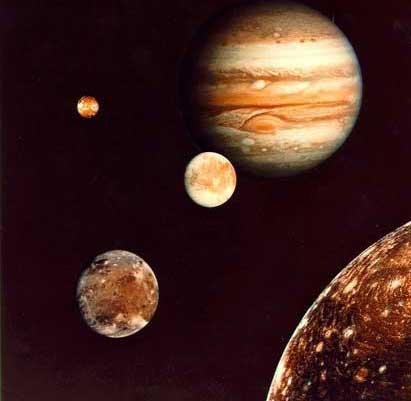Hundreds of years new planet

So far astronomers have considered that the creation of a new planet is the result of a process of millions of years. However, thanks to a new mathematical model, the University of Washington has seen that they are hundreds of years enough to create giant gaseous planets.
According to the previous theory, planets arise from the progressive condensation of the protoplanetary disk surrounding a young star. Then the giant planets would occupy the gas deck, due to a process that lasts millions of years.
The new mathematical model has turned this theory upside down. According to this model, the planets that are forming have to bear the influence of a very close star. The star can heat and disperse the accumulated gases around the planet; and if the generation process is too long, the gases can disappear.
For this reason, they have stated that the creation of giant planets occurs in a very short term for hundreds of years. The protoplanetary disk breaks into several parts and that is when new planets are created, and immediately after its creation they begin to capture gases.
In the Universe there are numerous giant gaseous planets. Since the 1990s began to look for exoplanets, at least 100 giant gas exoplanets have been found. This would not be so according to the theory so far accepted: they would need very special conditions to create a giant gaseous planet and it would be a very rare phenomenon. However, as these planets have been seen to be quite common, scientists consider the new theory to be more appropriate.
Buletina
Bidali zure helbide elektronikoa eta jaso asteroko buletina zure sarrera-ontzian











